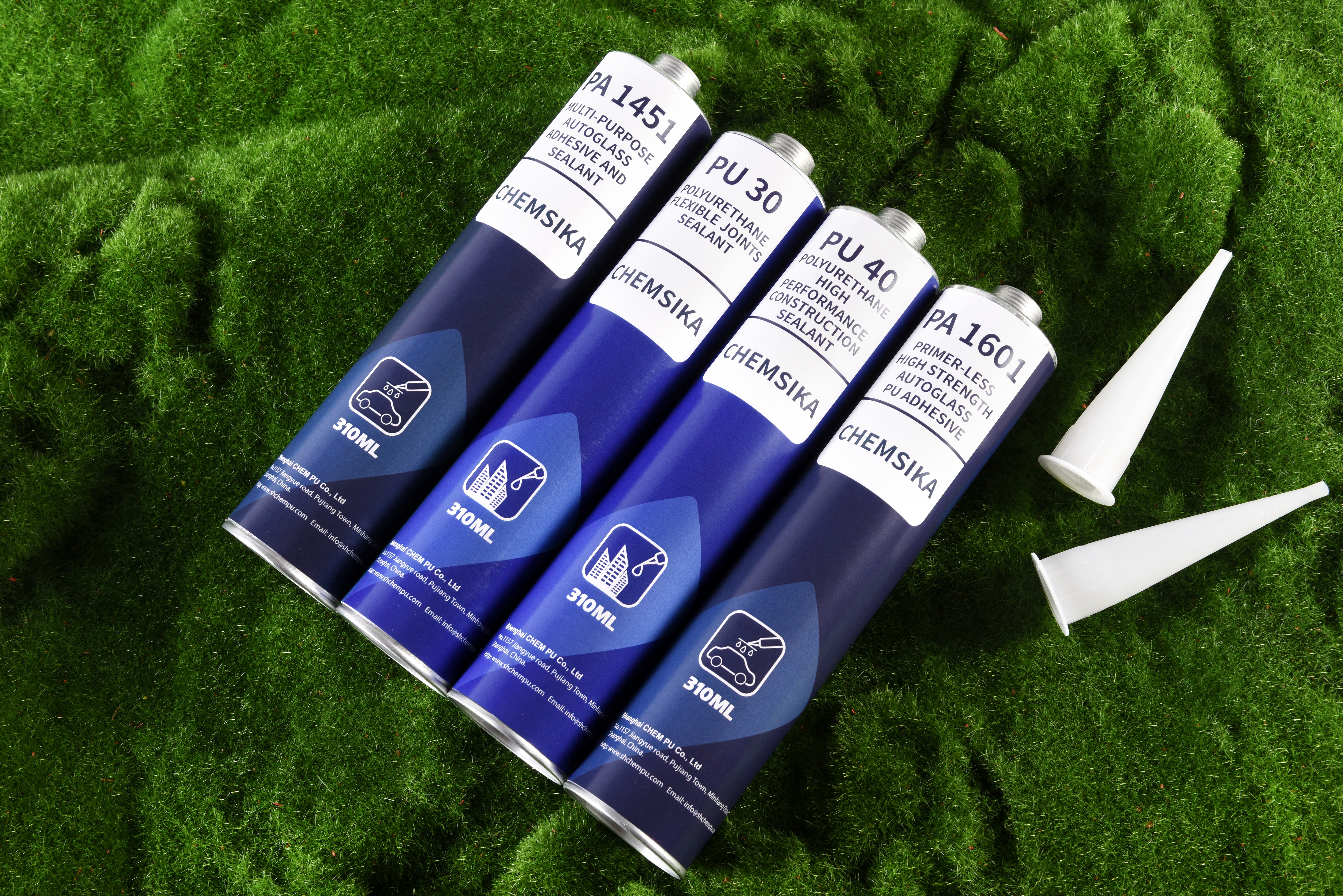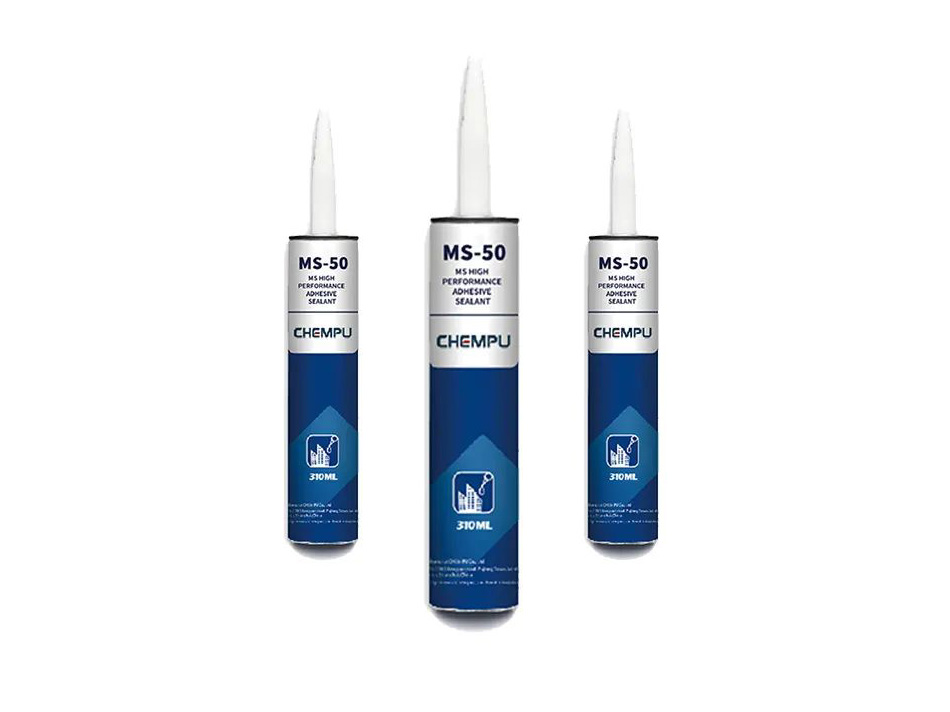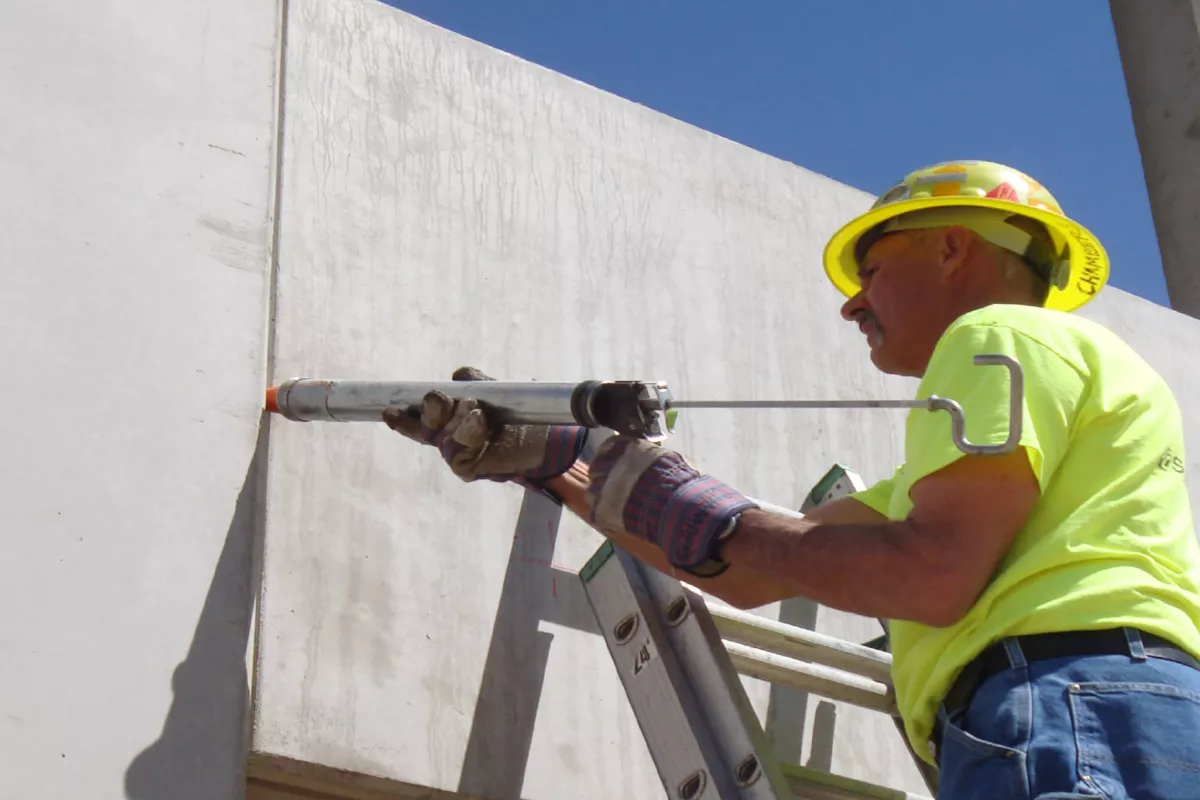Sealants play a crucial role in the construction industry, providing a protective barrier against moisture, air, and other environmental elements. These versatile materials are used to seal gaps, joints, and cracks in various construction projects, ensuring the durability and longevity of structures. In this article, we will explore the significance of sealants in construction and discuss the three main types of sealants commonly used in the industry.


What are sealants in construction?
Sealants are materials used to fill and seal gaps, joints, and cracks in construction projects. They are designed to prevent the infiltration of water, air, and other environmental elements, thereby protecting the integrity of the structure. Sealants are commonly applied to areas such as windows, doors, expansion joints, and concrete surfaces to ensure a watertight and airtight seal. In addition to their protective function, sealants also contribute to the overall energy efficiency and sustainability of buildings by reducing air leakage and heat loss.
The three main types of sealants:
1.Silicone Sealants: Silicone sealants are popular in construction due to their excellent flexibility and weather resistance. They are ideal for sealing joints and gaps in areas exposed to high levels of moisture and temperature fluctuations. Silicone sealants adhere well to a variety of substrates, including glass, metal, and plastic, making them suitable for a wide range of applications. They are also known for their durability and long-lasting performance, making them a preferred choice for exterior sealing projects.


2. Polyurethane Sealants: Polyurethane sealants are valued for their high tensile strength and adhesion properties. They are commonly used in construction to seal joints in concrete, masonry, and metal structures. Polyurethane sealants are known for their ability to withstand movement and deformation, making them suitable for applications where flexibility is essential. They are also resistant to weathering and aging, ensuring reliable performance in challenging environmental conditions.
3.Acrylic Sealants: Acrylic sealants are versatile and easy to apply, making them a popular choice for interior sealing projects. They are suitable for sealing joints in drywall, wood, and other porous substrates. Acrylic sealants offer good adhesion and paintability, allowing for seamless integration with the surrounding surfaces. While they may not have the same level of weather resistance as silicone or polyurethane sealants, acrylic sealants are an economical option for interior applications where exposure to harsh environmental conditions is not a concern.

In conclusion, sealants are essential components in construction, providing protection and longevity to buildings and structures. The three main types of sealants - silicone, polyurethane, and acrylic - offer distinct properties and are chosen based on the specific requirements of the project. Whether it’s sealing exterior joints exposed to the elements or interior gaps within a building, the right sealant plays a critical role in ensuring the integrity and performance of construction projects.
Post time: Apr-17-2024
